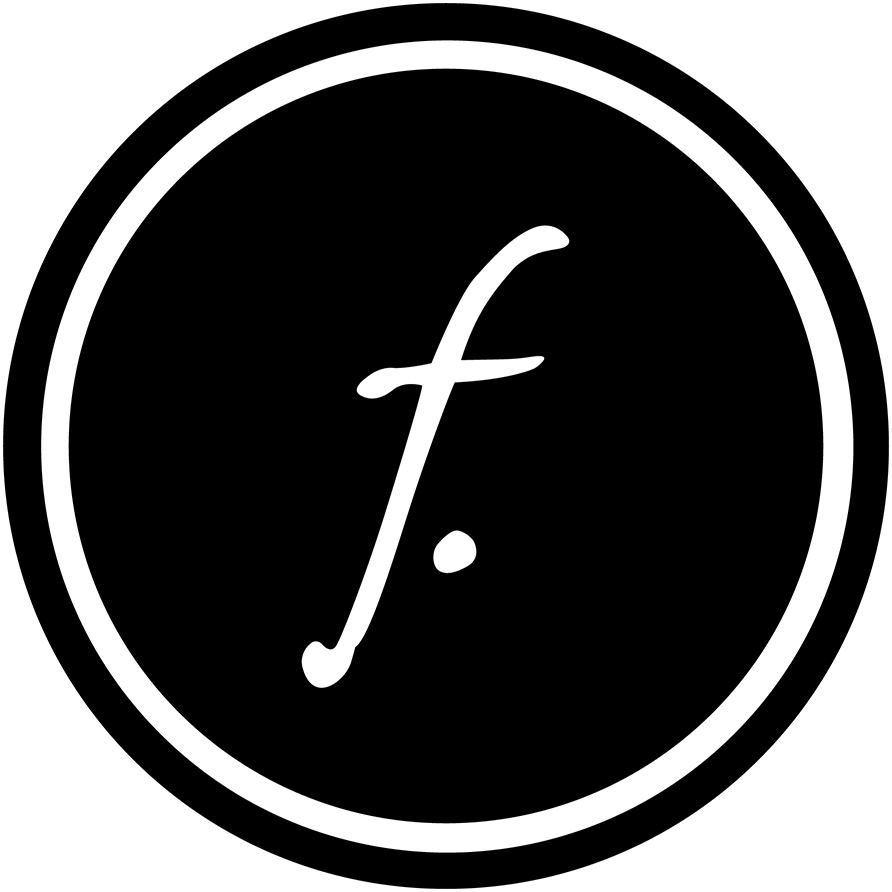10 Tips to Optimize Your LinkedIn Profile for a Career in Fashion
With over 260 million active monthly users and over 10 million job listings, LinkedIn shouldn’t be slept on. More than just a digital resume, LinkedIn is an incredibly powerful and convenient tool for showcasing your projects, glowing recommendations, and building contacts in the fashion industry at any stage in your career. If you haven’t made a profile yet or been super active, it’s time to kick it into gear. Here are our top 10 tips on how to optimize your LinkedIn profile for a career in fashion.
Upload a Clear, Recent Profile Photo
You know what they say, a picture is worth a thousand words. Pick a recent photo of you that showcases your style and personality. If you’re unsure of which photo would work best, take a look at what kinds of photos the people at your favorite fashion company are using, and go from there.
Optimize Your Headline
You only have 120 characters in your headline, so you wanna make them count! Instead of listing your current title and company, your headline should include what kind of role you have plus your key interests/focuses/specialties. For example, instead of saying, “Social Media Intern at Fashion Company,” instead, you could say, “Social Media Strategist Specializing in B2C Retail and Ecommerce Fashion Content.”
Write a Compelling Summary
Now that you’ve grabbed their attention with a compelling headline, your summary is where you can get more into the nitty-gritty. Keep it brief but informative and pack it with keywords. It’s a great idea to list your future ambitions in your summary to give more color to where you’re looking to take your skillset (plus, let’s be real, it’s great for manifestation, too).
Get a Custom URL
Your default LinkedIn URL will be a random string of numbers and letters. No bueno. Change it to your first and last name so it’s easier for you to promote your page and for people to find you. Go to your profile and click “Edit Public Profile and URL.” Type in your desired URL and click save.
List Your Past and Current Experience
Just like your resume, list your relevant work and volunteer experiences to your LinkedIn profile. If you have not held any traditional internships or retail jobs, a great substitute is to add any leadership roles in fashion clubs/organizations you’ve been part of. Be sure to be as specific as possible when listing your achievements in each role. Use numbers and concrete results whenever possible. Even if you’re not currently working anywhere, add a placeholder that lists the type of job(s) you’re targeting, followed by the phrase, “Seeking New Opportunity.” This ensures that your profile will appear in recruiter searches since recruiters search for potential candidates using the Current Title field.
Add and Publish Relevant Work Samples
If you have a fashion blog, a creative portfolio, or writing samples, add your strongest work directly to your LinkedIn profile. There are two places to add your work: under your Summary or under Publications. Each time you write a new piece or complete a new project, update your LinkedIn status with the link to your latest work. Unlike Instagram’s algorithm (#shade), LinkedIn’s algorithm is designed to distribute your content well beyond your network (without you having to add 30 hashtags). Posts can continue to gather engagement for several days after their original publishing date.
Gather Recommendations and Endorsements
As a culture, we’ve become obsessed with doing our research before taking action. We read reviews before we buy something, look up restaurants on Yelp before visiting, and so on. Hiring is no different. Getting former supervisors, colleagues, and mentors to write you a recommendation on LinkedIn will give you even more of an advantage. Prospective employers and recruiters will be able to get a sense of who you are and how you work with others.
If you can’t find anyone to give you a solid recommendation, your LinkedIn connections can also endorse your skillset with just a few clicks. Before asking your peeps to endorse you, make sure you have the “right” set of skills added to your profile. Look at job listings you’re interested in on LinkedIn’s Jobs tab, and see what specific skills hiring managers are looking for. Then, go ahead and add at least 5 of those skills to your profile and get them endorsed.
Include Your Education, Certifications, Awards, and Languages
List your school and any certifications and/or awards you’ve earned over the years. Adding your education will make it easier to connect with alumni from your school — especially ones that graduated more than 3 years before you. Don’t have any certificates? The good news is, many of them are easy (and free) to get. Take a few courses on HubSpot or get Google Adwords certified. If you speak a foreign language (meaning you know enough to hold a business conversation), add it to your profile to set yourself apart.
Open Yourself to Opportunities
Once you’ve optimized your LinkedIn profile, be sure to let recruiters know that you’re open to new opportunities. Under settings, go to Privacy > Job Seeking Preferences > Let Recruiters Know You’re Open to Opportunities > Yes. Once this setting is turned on, recruiters can send prospective fashion job opportunities right to your LinkedIn inbox.
Connect With Others
Start sending connection requests to friends, family, classmates, and of course, fashion industry recruiters. Be proactive — get into the habit of growing your network continuously. You never know who might reach out to you or post the perfect opportunity to their LinkedIn network.
Serious about boosting your professional network and job search beyond LinkedIn? Check out one-on-one coaching sessions with Carla, founder of FFI for customized career coaching and industry introductions to jumpstart your career in fashion.





